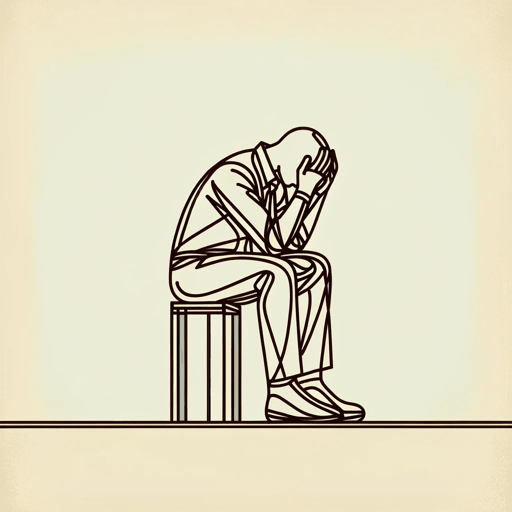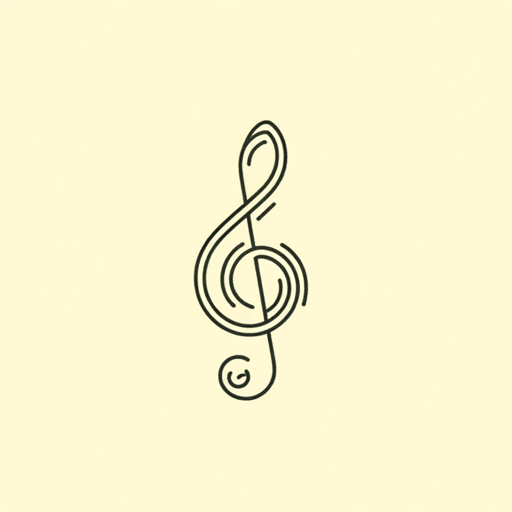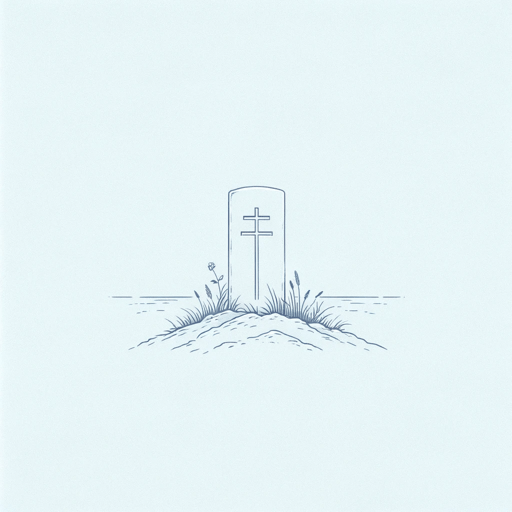23 pages • 46 minutes read
Walt WhitmanCrossing Brooklyn Ferry
Fiction | Poem | Adult | Published in 1856A modern alternative to SparkNotes and CliffsNotes, SuperSummary offers high-quality Study Guides with detailed chapter summaries and analysis of major themes, characters, and more.
Literary Devices
Form
Although the poem went through significant revisions as it appeared in different volumes of Leaves of Grass, the most anthologized and most quoted iteration is the 1860 version’s nine stanzas separated by Roman numerals. Each stanza has a varying number of lines: The shorter stanzas, Stanzas 4 and 7, are when the speaker leans in and directly addresses the reader. These create urgency and immediacy; the longer stanzas, Stanzas 3 and 9, reflect the speaker’s moments of expansive vision, either in space (sweeping across the Manhattan harbor) or across time (feeling the edgy energy of eternity itself).
The poem itself, like all the poems in Leaves of Grass, is open verse. In defiance of conventional concepts of anticipated rhythm and pre-set rhyme schemes, the poem establishes its own organic form. Each line is an independent, self-contained formal expression. The form is defined with three strategies.
First, the poem uses a device known as anaphora in which the speaker deliberately begins a series of lines with the same word or repeats a phrase, for instance, “Others” (Stanza 2), “Just” and “Saw” and “Looked” (Stanza 3); or the phrases “not wanting” (Lines 75, 76) “great and small” (Line 85), and “I too” (Lines 27, 57, 58, 59, 62, 63, 71).
Related Titles
By Walt Whitman

A Glimpse
Walt Whitman

America
Walt Whitman

A Noiseless Patient Spider
Walt Whitman

Are you the new person drawn toward me?
Walt Whitman

As I Walk These Broad Majestic Days
Walt Whitman

For You O Democracy
Walt Whitman

Hours Continuing Long
Walt Whitman

I Hear America Singing
Walt Whitman

I Sing the Body Electric
Walt Whitman

I Sit and Look Out
Walt Whitman

Leaves of Grass
Walt Whitman

O Captain! My Captain!
Walt Whitman

Song of Myself
Walt Whitman

Vigil Strange I Kept on the Field One Night
Walt Whitman

When I Heard the Learn'd Astronomer
Walt Whitman

When Lilacs Last in the Dooryard Bloom'd
Walt Whitman

